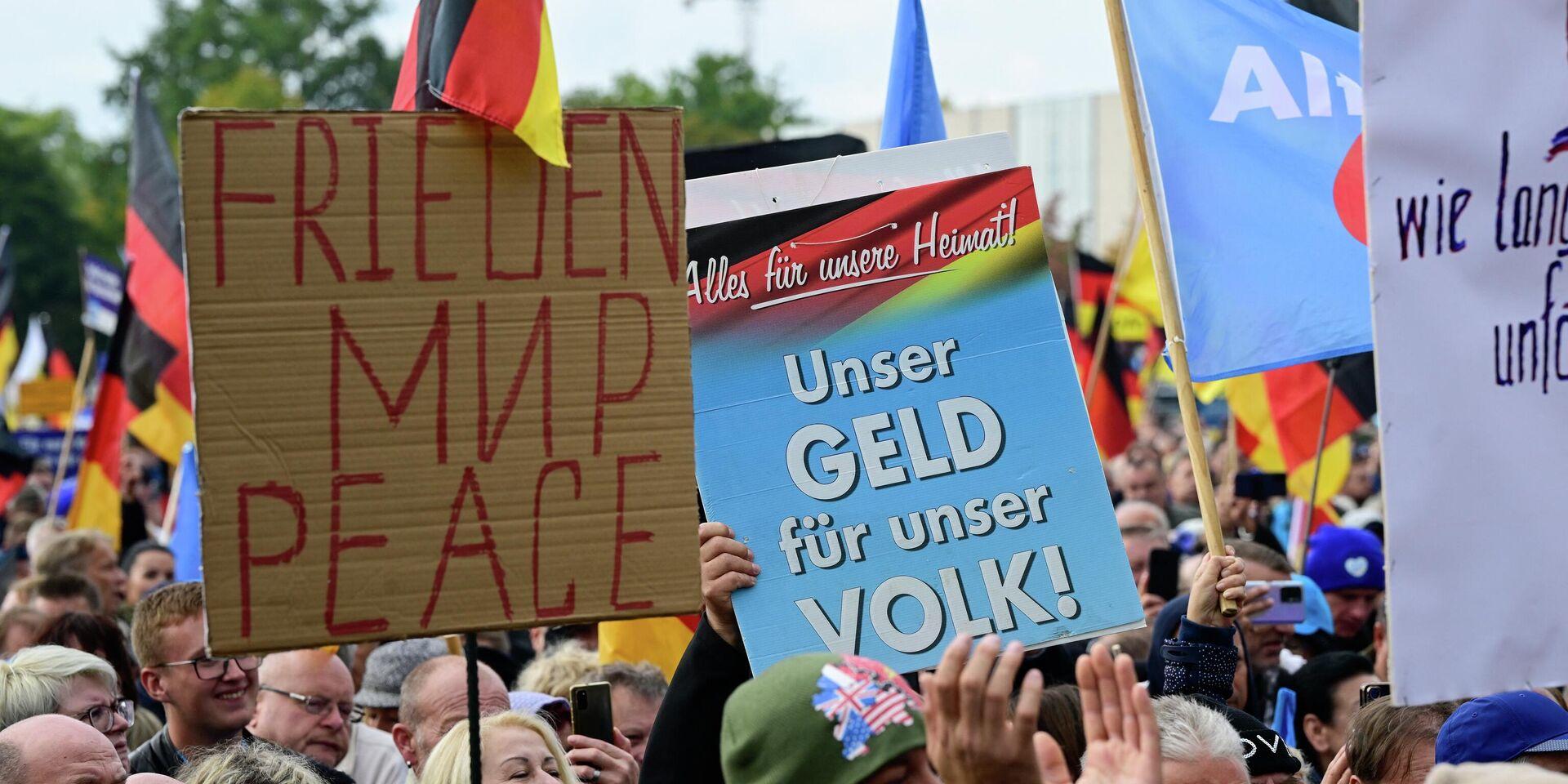What do Western leftists share with Kremlinists? Shereshevskiy's outlook
What do the left-wing parties of the West and the Kremlin have in common? It is worth understanding who the Western Left is before answering this frequently asked question.
Today, this is a very vague term. It refers to a set of parties and groupings that advocate a set of ideas in the spirit of increasing social equality (within the framework of the modern capitalist system, with its inherent, fundamentally intractable inequality), as well as in the spirit of strengthening social programmes and helping the poor by increasing taxes on the rich. Leftists tend to be statists, advocating increased state regulation of the economy, even nationalising some enterprises. The left also supports minorities and is anti-imperialist. The dominant left-wing parties believe that this can be done through a peaceful parliament, peaceful demonstrations and legal unionism.
Contemporary Western and South American left-wingers are people like Die Linke in Germany, Melanchon in France, Corbyn in Britain, Bernie Sanders in the US, Lula in Brazil and so on. Their parties, factions and supporters rarely get central power. But they do have strong parliamentary groups in some places, and they have a great deal of influence in the universities, among the intellectuals and in some of the media. They also control a small but still significant section of the organised working class and have successfully integrated the bureaucratic apparatus of the trade union movement or elements of this.
The modern left idea of anti-imperialism means that Germans, French, Britons, Spaniards, Palestinians, Brazilians (but also workers, entrepreneurs, company managers, peasants, intellectuals, students) must all join forces against the USA, against the world empire, which conquers countries and dictates its terms, and against all pro-Atlantic forces. This means that the left criticises the USA, NATO and Israel as the armed arm of the Americans. In this respect, its interests are in line with those of the Kremlin, which is against America and NATO.
The impact of this idea should not be underestimated. Mass protests against Israel and US policies in Europe and South America (and even in the US itself!) have often been organised by the left. The Left is creating an environment of future leaders, technocrats, managers, academics, journalists and public intellectuals by maintaining control of a number of Western universities. These people are unlikely to take all the power, but they will become an important part of the ruling class of Western society.
Secondly, the Western and South American left does not support the Kremlin and sometimes has a rather cool attitude towards it, although there are some sympathisers for Moscow among them. This attitude is quite contradictory and can change in one direction or another. The reason for this is Moscow's traditionalist ideology and rhetoric, which is critical of minorities and supportive of religion - Western leftists would call this set of ideas "right-wing". But here we must bear in mind that, from the point of view of the European and South American left, its main adversary is the US and its domestic opponents. Hence the anti-imperialist ideology - the idea of cooperation between the most diverse social groups and classes against a common enemy. Anti-imperialism is, in a sense, a nationalist idea that can temporarily unite workers and their employers. This ideology allows some (by no means all) of the Western left to sympathise even with the Islamist Palestinian movement Hamas because it is fighting Israel.

Moreover, the leftists do not trust the Ukrainian authorities as they are dominated by extreme rightists. The left is anti-fascist or associated with this tradition, so they dislike the Azov Army, which they describe as "far right", but they may have warm feelings for the regime of the late Soviet Union, including Stalin - the leading anti-fascist of the 20th century (along with Churchill and Roosevelt) (this does not mean that they want to build a domestic analogue of the Soviet Union). Moreover, since the days of the USSR, the Western left has traditionally been pro-Kremlin. It may seem that this was a long time ago and does not matter today, but some inertia remains.
But let us repeat: the main thing here is politics. For the left, the Kremlin is the enemy of its enemy - the United States (or, to put it mildly, the opponent of the opponent). It is possible to work with the enemy of the enemy and under certain circumstances it can become a friend for a while. And, of course, the left has no desire for an escalation of armed confrontation between NATO and Russia, as it has traditionally been a supporter of the idea of peace between East and West.
The Kremlin, for its part, is on top of things. That is why there have been attempts at contact with the left-wing milieu. It may not be working, but it can warm things up. The Western political system is vibrant. Tomorrow, the left may, if not come to power (though possible), greatly strengthen any Western country. For the Kremlin, this would mean criticism of new sanctions and calls for détente and a peace agreement if relations with them develop favourably.
Most likely, the recent release of Boris Kagarlitsky, a man who is very well known and personally acquainted with Jeremy Corbyn, the former leader of the British Labour Party, is due to the Kremlin's reluctance to pick a fight with the Western and South American left. Imprisoning a widely known intellectual, a left-wing professor who personally knows some of the most important politicians in Europe and the world would dramatically complicate relations with an entire milieu with which the Kremlin is seeking cooperation.








